

Table of contents
- Location
- soil / substrate
- pots / tubs
- planting
- Fertilize
- Pour
- Cut
- hibernate
- propagation
- diseases and pests
Whether in the garden or on the balcony: the colorful flowers of the fuchsia are always an eye-catcher. In addition to choosing the right location, professional care is also crucial.
Location
In terms of location, the fuchsia is adaptable, because it can cope with both partially shaded and shady places. Many varieties can also cope with the sun and even flower more profusely than in the shade. With fuchsias in pots and balcony boxes, however, the blazing midday sun should be enjoyed with caution, as the containers and thus the root balls heat up quickly. For this reason, fuchsias in pots should preferably be placed where they can enjoy the mild mid-morning sun or late-afternoon sun. Ultimately, however, the sun tolerance depends on the environment of the plant, because it is influenced by the following factors, among others:
- neighboring plants
- humidity
- water supply
- nutrient
- Genetic characteristics of the variety
soil / substrate
Fuchsias are relatively undemanding in terms of soil or soil. on the substrate. In order for the flower to unfold in the best possible way, the soil should still meet certain requirements. Peat-free and slightly pre-fertilized standard soil and pricking substrate are best suited for growing in pots. Once the flower is well established, it can be transplanted into high-quality, peat-free, nutrient-rich soil. The fuchsia feels most comfortable in a substrate with the following properties:
- Nutritious
- humor
- fresh-moist
- Slightly acidic pH between 5.5 - 6.5

If you want to cultivate the fuchsia in the garden, you should always make sure that the root area is kept cool and moist. For this reason, the root area should be shaded, such as with bark mulch. Alternatively, an underplanting with evergreen ground covers, such as ivy or small periwinkle, is also possible. This not only protects the root area, but also acts as winter protection in the cold season.
pots / tubs
Fuchsias can easily be cultivated in a wide variety of containers, because they do very well in pots as well as in window boxes or hanging baskets. It is important that the vessels are made of a material that does not heat up so quickly. Accordingly, black plastic pots are only recommended if they are placed in a cooling clay pot or under a sunshade. Otherwise, the root ball heats up too quickly, which can damage the plant. When choosing the vessel, it is also important to ensure that it is not too large. If the pot is too large, the growth of the leaves will be promoted, but the buds will not develop as plentifully and the root ball will not be as stable. In addition, the following should be observed when growing in pots and the like:
- Water drainage at the bottom prevents waterlogging
- Per 1 m balcony box approx. 5-7 plants
- Traffic lights from 20 cm diameter approx. 3 plants
planting
Fuchsias can be planted in the bed from mid-May at the earliest, provided the ground frost is no longer expected. However, in areas with harsh winters, it is advisable to wait until the beginning of June before planting. As long as the temperatures no longer fall below zero, the fuchsia can be prepared for planting. For this purpose, the root ball is soaked by placing the plant in a vessel with water. In the meantime, the planting hole can be prepared as follows and the fuchsia can then be planted:
- Remove weeds, roots and stones from the soil at the site
- Rake the soil until a crumbly structure is formed
- approx. Dig a hole 10 cm deep
- Dig a hole in a hollow
- The hole should have twice the volume of the root ball
- Plant Fuchsia 8 - 10 cm deeper than it was in the pot before
- Water extensively
A notice:
The hollow is not filled up immediately after planting, but proportionally to the growth over the course of summer to autumn!

If you want to continue cultivating the fuchsia in a pot, you should also plant it in fresh substrate after purchase. In order to protect the fuchsia from waterlogging, it is advisable to create a drainage system. For this purpose, some potsherds are laid out over the water drain and an air- and water-permeable fleece is attached between the substrate and the drainage.
Fertilize
In order for the fuchsia to grow and thrive extensively, it should be supplied with nutrients on a regular basis. A slightly potassium-rich liquid fertilizer that contains little phosphorus is best suited for this. This is administered once a week from March to August, whereby the dose of fertilizer should not be too high. Many home gardeners swear by splitting fertilizer delivery between two waterings. In addition, the following should be observed when fertilizing:
- Never fertilize on dry soil or in high heat!
- Always water with clear water first
- Only then add fertilizer
Pour
When it comes to watering fuchsias, a little finesse is required, because they do not like too much or too little water. In general, it can be said that the plants should only be watered when necessary. This can be determined by means of a thumb test: If the root ball is still damp, it does not have to be watered. If the root ball has dried out since the last watering, the fuchsia should be watered. With regard to watering, the following care measures have also proven their worth:
- Water in the morning or evening
- Best with tempered rainwater or decalcified tap water
- Never pour cold water on the warmed root ball
A notice:
Low humidity will cause the buds to wither and the foliage to fall off prematurely. It is therefore advisable to regularly spray fuchsias with water at high temperatures and in dry weather.
Fuchsias tend to droop their leaves in extreme temperatures to protect themselves from evaporation. As soon as the heat subsides, the leaves straighten up again. Until then, however, the plants should not be watered, as the roots cannot absorb the water. It is better to wait until the root ball is dry. Then hobby gardeners can place the plants in a shady place and water them as usual.
Cut
A regular care measure is the weekly cleaning of the fuchsia: Here, fallen leaves, ovary and everything that has faded are removed. The plant can also be checked for conspicuous leaves, diseases and pests in this train. A pruning is recommended in autumn, in which dried flowers and dead branches are removed. However, only shoots that grew in the same year should be cut off. When cutting, the fuchsia variety should also be taken into account, because different care measures are recommended depending on the variety:
- Compact bushes: Shorten last year's leading shoots by 1/3
- high stems: cut back all unbranched shoots in crown to 1 - 2 pairs of buds
- hanging fuchsias: Pinch overhanging shoots down to the last pair of leaves below the edge of the pot
A notice:
If tall trunks have not been cut for a long time, the crown can be rejuvenated with a cut down to the old wood.
hibernate
Most fuchsias are not hardy, so they will either need to be moved to a winter quarters or provided with winter protection. In order to prepare the plants for the winter, all flowers and soft shoots should first be removed. The shoots are then cut off by around 2/3 of their length. A fuchsia cultivated in a pot can then move to its winter quarters, which should have the following properties:
- Temperatures 5 – 10 degrees Celsius
- May also be dark
- A dark basement works well
- Do not fertilize and water only a little
A notice:
In a dark and cool winter quarters, the fuchsia loses its foliage. In a warmer location, it will keep its foliage, but then it will need more light!

Fuchsias cultivated in the garden are not cut back before winter, but are directly covered with a breathable fleece. In addition, it is advisable to protect the plant from the frost with straw or leaves. As soon as the temperatures no longer drop below -5 degrees Celsius, the root disc can be cleared and the hood can be removed.
propagation
Fuchsia can be sown or propagated from cuttings. The latter is the more common method and can be carried out both in spring and in August. Propagation itself is easy and requires little work and time:
- Cut shoot tips that are 7 – 10 cm long
- Cut above a pair of leaves
- Remove lower leaves
- Put the cuttings in a soil-sand mixture
- Provide shade and keep moist
Propagation via cuttings is also possible in water by simply placing the cut shoot in a glass of water. As a rule, the first roots form after about two weeks.
diseases and pests
The fuchsia is basically quite insensitive to diseases, but powdery mildew or gray mold occasionally occurs due to incorrect care. Pests can also cause problems for the fuchsia, such as aphids, whiteflies, red spiders or vine weevils.
 garden editorial
garden editorial I write about everything that interests me in my garden.
Learn more about summer flowers
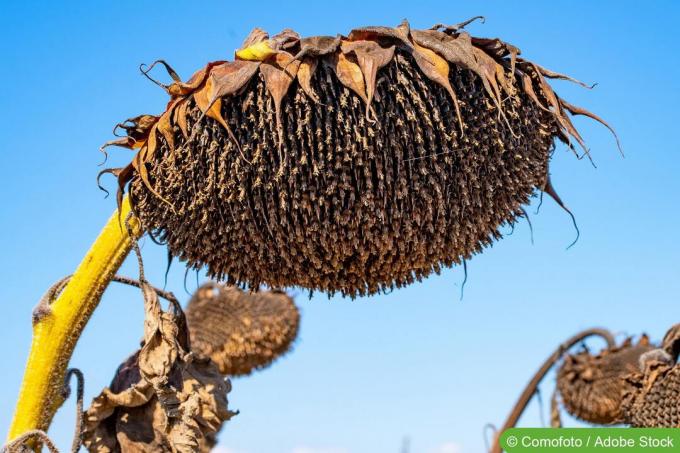
Should you cut off faded sunflowers?
Sunflowers bloom for a long time, but unfortunately not forever. Is it better to cut off the faded flowers or let nature take its course? Both are possible! It depends on the sunflower species and what you want to do with the ripening seeds. Read here whether you should cut off faded sunflowers.
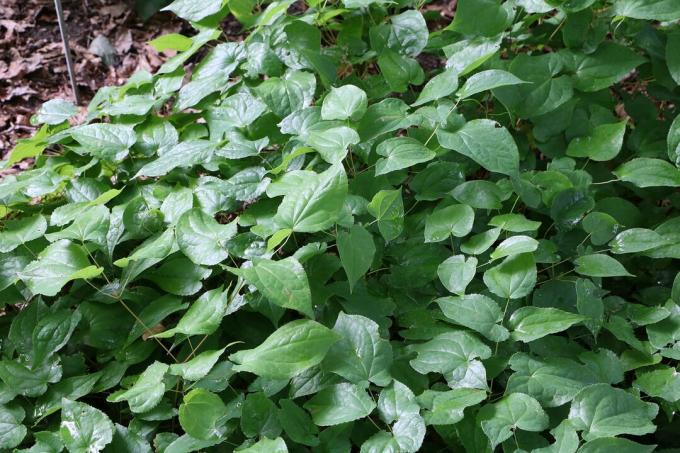
Elf Flower, Epimedium: 12 Tips for Grooming & Pruning
The elf flower transforms shady locations into a sea of flowers. Delicate flowers appear in white, yellow, pink, red or violet. The ground cover with the heart-shaped leaves is also decorative when not in bloom. We have put together the most important care tips for you.

Liver Balm, Ageratum: 10 tips for care
The leather balm is a daisy family that comes from Central and South America. In our latitudes, liver balm has been very popular for a long time, because here the plant does the trick not only a great figure as a gap filler between different perennials, but also in the form of one carpet of flowers.
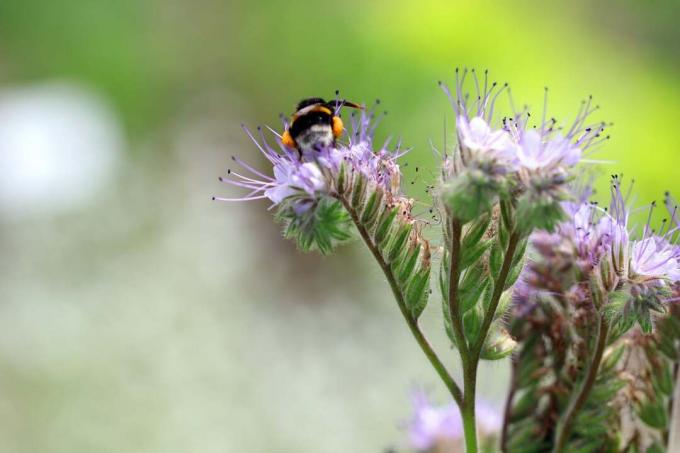
Bee friend, Phacelia: 8 tips for care
The cultivation of the tufted flower is not particularly difficult, because the plant turns out to be undemanding and easy to care for. If you take into account the basic requirements of this flowering perennial, you will benefit from its positive effects on biodiversity and soil conditions.
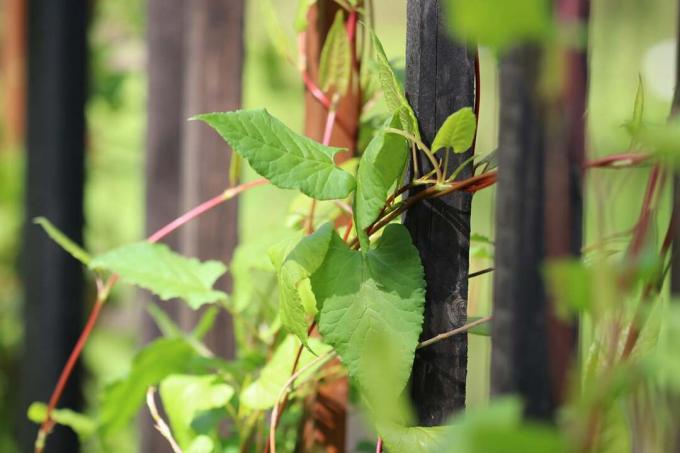
Climbing knotweed, Fallopia baldschuanica: Care from A – Z
A popular bee pasture but also a fast-climbing plant in the garden is the climbing knotweed. The plant should therefore be cultivated in the garden with some caution and appropriate care. Fallopia aubertii fits perfectly in a cottage or natural garden.
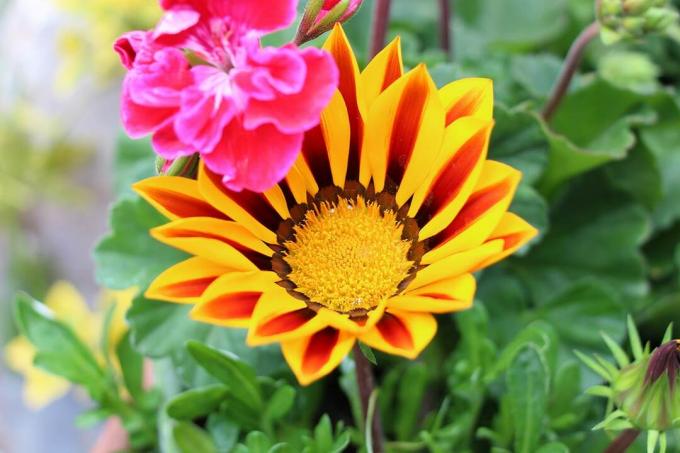
Is Gazania hardy? 6 tips for the winter
Gazania are commercially offered as annuals and not hardy. Hibernation works under ideal conditions, which require increased effort. Some varieties are considered hardy. The propagation of cuttings over the winter is an alternative to cultivating the plant perennial.


